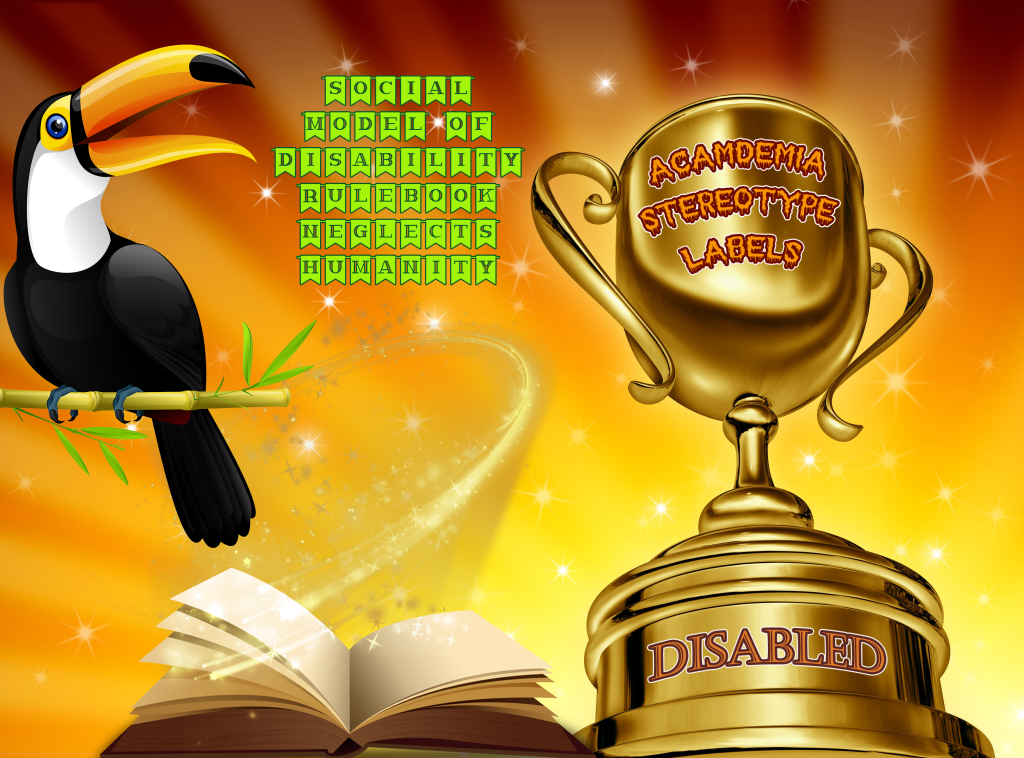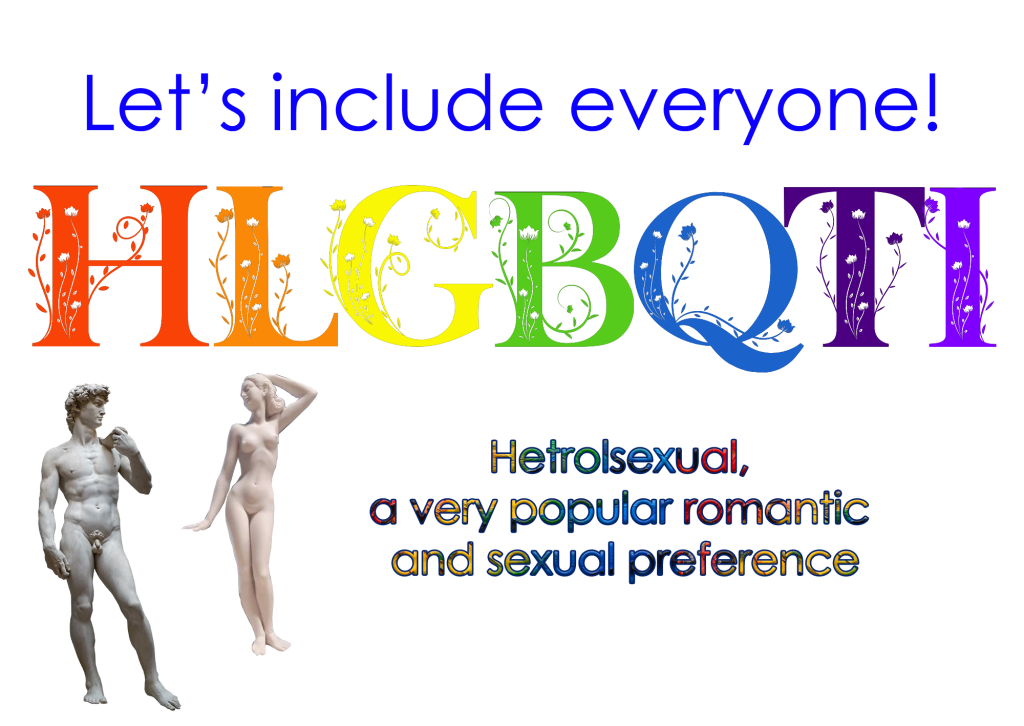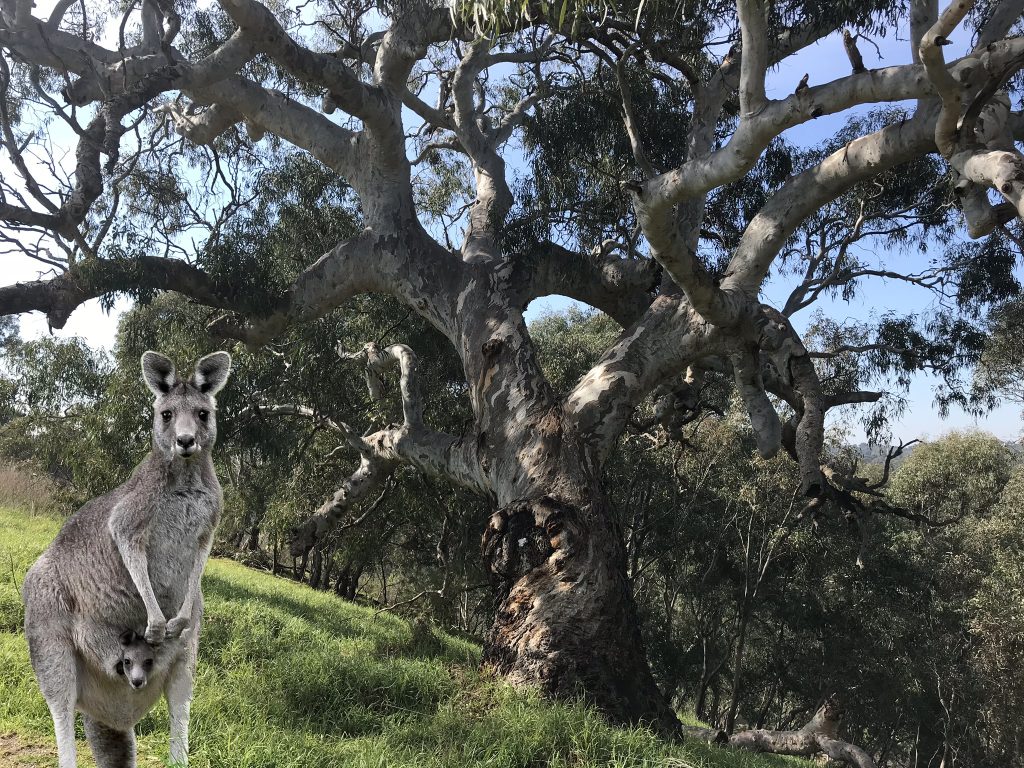Instead of the wheelchair being seen as freedom giving equipment the wheelchair is a society symbol of sickness, unhealthy and social ‘disability’
By Maria
Write a book and it makes you an expert. Write an academic book and it is taught in education institutions and revered by the 1st class honours solution searchers. Say something often enough and people accept it as factual evidence.
Free thinking is removed from the education curriculum and replaced by authoritarian consensus. The ‘disability’ stereotype was born and is continually reinforced via this process.
Often without realising, when people see someone using a wheelchair, there is a tendency to jump to conclusions. Assumptions are made that have no relevance to the wheelchair user’s daily reality. For example, a manual wheelchair may be replaced by a power-driven wheelchair and the user is thought to have deteriorated in health because of the change in mobility aid. If someone upgrades their car no one thinks it is because of health decline. Ignorance becomes bigotry because the wheelchair user is not seen as having a human story like every else.
Instead of the wheelchair being seen as freedom giving equipment the wheelchair is a society symbol of sickness, unhealthy and social ‘disability’.
Most people do not understand wheelchair user requirements for parking in a car park. A wheelchair user has to open the door wide so they can place the wheelchair next to the car to allow them to transfer from the car to the wheelchair. Not an easy action in a standard car park allocation. On occasions, in standard car park spaces, it is just not possible for a person who cannot stand up and walk to get out of the car.
‘Disability’ has clouded, abused, neglected, and exploited the wheelchair user in its misuse of wheelchair user allocated car spaces.
‘Disabled’ parking or ‘Accessible’ parking is a typical example. Blind people in some states of Australia now qualify for a wheelchair user parking permit. The reserved parking is now for ‘disabled’ people. The intellectually impaired, aged, and other ‘disabled’ people also qualify. The design of the wheelchair user hard fought for parking availability is forgotten in the ‘disabled’ by society feel good rescuer model.
And then it is also true that a wheelchair user is affected by the failure of some to fully acknowledge the individuality of human beings whose situations look to be very much the same but differ immensely. This indicates a problem related to superficial characteristics of similarity rather than any impairment itself.
Destiny is fickle. Impairment whether congenital or acquired, static or episodic, observable, or functional, are normal conditions of humanity.
We are all human… individuals in our own right and collectively without distinction, without placing labels, without differentiating all of us are entitled to, on paper and intrinsic human rights. We all deserve to live in dignity without deprivation, detriment, or fear regardless of our individual status or what the law of our political state say.
Every human has unique set of characteristics. For some it maybe red hair, blue eyes, pale skin, a birth mark, combined with not being able to hear or see well or at all, for another individual the combination may include not being able to walk or stand. Each personal characteristic accumulates within the individual to make up a personal identity that is inwardly owned even if not on display to the outside world.
Consider a girl of Greek heritage who understands two languages and has a medical classification of spastic cerebral palsy and uses a wheelchair as a mobility aid. While at the park or shops she may see people watching her and hear that they think she is sick because her limbs are floppy and her movement is awkward, she cannot communicate in the same way or feed herself and her eyes do not focus on the same object. Inwardly she knows she is not sick and with freedom giving communication aids she can tell the outside world so.
An identity contains multiple roles such as son, husband, father, doctor, heterosexual, friend, Australian, and each role holds meaning and expectations that are internalised into one’s own identity.
A person’s identity is never one human picture it relates to the person as a whole without making one individual psychological preference more important or needed to be microphoned to the world at large.

Having a sense of ‘who we are’ serves many different functions. A strong self-identity can make or break a person when adapting to life changes. The world we live in is not static and a strong sense of self can be an anchor when life circumstances present chaotic and distressing events.
Love may keep one wild and full of passion and loss can bring out the courage required to confront, discover, and sustain who one is and then to reassess personal beliefs about where one fits in the world currently and moving forward.
To one’s own identity belongs the linking with a specific social structure. One has family, friends, a dwelling called home, and maybe a place where one works. The ‘what and where’ of these are symbols, the jewels, and thorns of one’s identity. Daily, one identifies other people by these standards, and one identifies themselves using the same set of values.
Identity embraces one’s self as a child, friend, partner, parent, and grandparent. It includes non-chosen characteristics like the colour of one’s eyes, body shape, height, birth heritage, born into socioeconomic class, along with political views, moral stances, and religious beliefs. All influence one’s daily decisions and how one presents self to the world.
The amalgamation of memories, relationships, experiences, and values make a steady sense of who one is over time as new components are added and the clock struck components are deleted.
One’s personal identity is psychological. Influenced by role models and archetypes and continues to evolve and change over the course of one’s life.
Trees in good physical shape have full crowns, vigorous branches, and healthy, full-sized leaves. Green foliage in the crown does not establish that a tree is healthy. Tree trunks and branches can be quite defective and still sustain a lush green crown.
Looking at a bush landscape one can see grasses, flowers, trees, saplings, and majestic bare trunks. Upon first glance one may be captured by the tranquillity, the beauty, and breathe in the magnificent gift of nature. If one pauses and looks deeper one can observe how much diversity there is within the landscape and one can see broken and fallen trunks sprouting new life, creating new pathways, and critter hiding spots.
Like a tree a person’s appearance changes with the seasons, the vascular system is hidden just underneath the bark. One adds an additional ring to the trunk every year. Fungi can invade and rot the heartwood making one structurally weaker. One can live for years without visible symptoms of internal decay. Conks and discoloured bark appear as a dead giveaway that a specialist’s help is needed. Ingrown bark can cause weak branch unification and loss of limb. Still one flowers, one’s leaves replenish, one’s trunk can be damaged in a severe storm or drought, and branches fall away. One needs nourishment and a good drink to look and feel one’s best and one allows the earth, bugs, birds, and other critters to benefit from one’s existence as year in and year out the wind makes one’s branches wave and one’s leaves rustle.

No two trees or people have the same personal identity. Monozygotic twins at birth have practically 100 per cent identical DNA as their same-time-born sibling. Each twin individually embarks on a journey of self-discovery to forge their difference as an identity that is unique from their genetic counterpart. Once one knows one twin more than the other, one starts to notice and acknowledge the differences.
Not all people who have damaged body parts have a personal identity which includes being ‘disabled’. Many experience violation by the thought of being considered ‘disabled’.
Unlike the colour of one’s eyes, a human right is not innate or an individual characteristic of being human. Legal Human Rights are the construction of a political ideology, an idea put forward in an attempt to make the world a better place.
Ideologically driven political and institutional perceptions of Utopia. The elusive state of perfection in which universally declared human rights are fully respected and realised, fully sanctioned, and enforced by international law is an infinite, open-ended, and highly experimental work in progress.
The Human Rights ideology is based on a moral premise that all humans, everywhere in the world, as individual people, from prebirth until death, have permission to live peacefully, free from abuse and poverty.
The permission comes from a civic society in the suite of ethical and moral standards of behaviour expected of citizens living in the political state who establish we-say-so rule of law.
A person who cannot stand in an upright position or walk is prevented from functioning in a normal way. For whatever reason they have been deprived of the natural human power of standing upright and taking steps. The incapacitation may have been inflicted via a defect, a sickness, an accident, or a medical mishap and resulted in no ongoing need for medical intervention.
In spite of the lifelong aging process naturally increasing the amount of functional loss and morbidity people in general experience, a person who goes through the normal infirmity of old age may not be unhealthy in mind and body, but they still may require assistance with day-to-day personal care necessities and household chores.
Then there is the brain and mind amphitheatre of discussion. Mental health as wellness, science, medical, or psychology disciplines. The talk in much conversation refers to disorders, injury, and disease of the mind and brain as if they are two separate body parts, where the mind has an existence independent of the brain.
Treatment of diseases of the brain by drugs or surgery demands an understanding of its structure and functions. A brain dead patient may look to be asleep, can be warm to touch and appear to breath, nevertheless with the help of a machine, their other organs, such as their heart, kidneys and liver, can still work for a short time if the breathing machine is left in place, but no one can dispute if all brain activity is absent, the human is dead. After brain death, it is not possible for someone to remain ‘mind’ conscious.
Fundamentally, there are only three human damage categories. Physical, Mental, and Sensory. Medical and therapeutic treatments, advances in technology, and the hope of cure or new way are vital in acknowledging the pain and suffering associated with living daily life in a sick or damaged body.
Life is nothing without hope.
A cure is not a necessity it is a possibility that invokes hope.
Hope sustains life. Hopium is a medicine necessary to live a peaceful and happy life!
